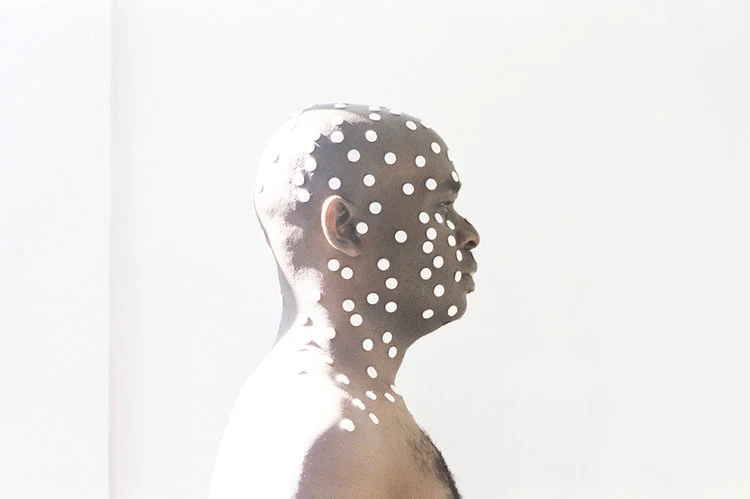Exhibition Review: Annual Juried Exhibition at The Camera Club of New York
August 17th - September 8th, 2017
Closing Reception and Screening: September 8th, 6-8pm
Written by Katie Heiserman
All Images Courtesy of Baxter St Camera Club of New York
This year’s annual open call at The Camera Club of New York’s Baxter Street Gallery hosts works by three emerging artists. Res, a New York based photographer and recent graduate of the Yale School of Art, has eight pieces in the show, all of which pertain to family though evade biography. Res’ work is distinct in its ability to make conventional things take unconventional form. For instance, an image of a woman (Res’ mother) sitting at a table with a Dunkin Donuts coffee would appear rather mundane without the woman’s severe expression and the massive and ominous shadow of an unseen person cast on the wall behind her. In another shot we see a man (Res’ father) carrying an old cardboard box with trophies sticking out of it. Again, the scene is familiar, but the image is far from, as the box – shot from below – fills most of the frame and is captured with dramatic lights that duplicate each small trophy figure with a crisp shadow.
Res. Trophy Dad, 2015. Archival Pigment Print. 25”'x'30”.
Res. Backseat, 2015. Archival Pigment Print. 20” x 25”. Edition of 5. +2 AP.
Qian Zhao, born in China and based in San Francisco, creates what he describes as “slightly off-kilter images” that, like Res’ works, apprehend the intersection of quotidian and uncanny. Zhao’s disorienting prints look like computer-generated images, and at first glance it is hard to tell if they are hyper-real or artificial. Zhao explains why ordinary items in his photos such as chairs, tables, plants, and houses are intentionally de-familiarized. “Landmarks, shopping malls and new neighborhoods help me to construct an unreal city in images and memory: a fictitious city that is based on an actual place but that is transformed by an associative process.”
Qian Zhao. Offcut, the edge, 2016. Inkjet Print. 20’’x 15’’.
Keith O. Anderson also transforms what’s familiar into something visually and spiritually altered. Referencing the African tradition of body painting, Anderson photographs his head covered in circular white felt pads to emulate the ritual of applying white painted dots to the skin as a way to connect the natural and spiritual worlds. By turning body into canvas, Anderson dissolves our normal perception of the human form, and what would normally appear as subject instead appears as object.
Keith O. Anderson. La main gauche se lave la main droite et la main droite se lave la main gauche (West African Proverb), 2004. Felt pads on face and shoulder. Silver gelatin print. 20’’ x 24’’.
Keith O. Anderson. La La means I love you, 2007. Felt pads on face and shoulder. C Print 11’’ x"14’’.












